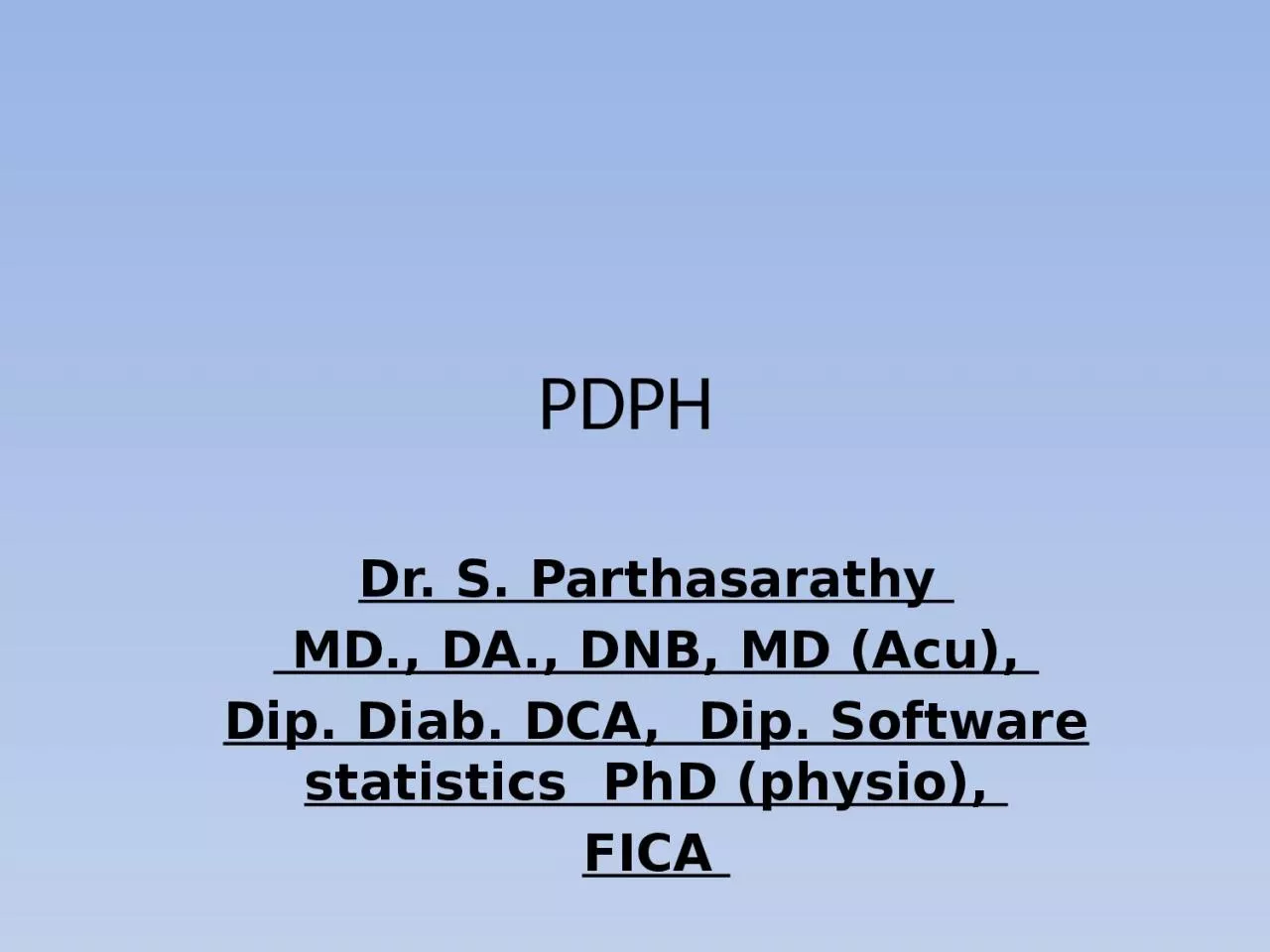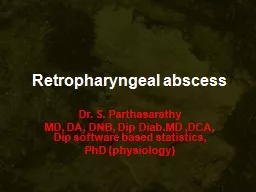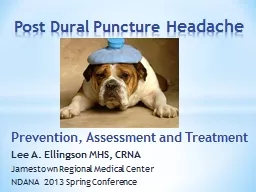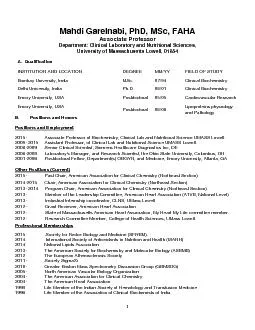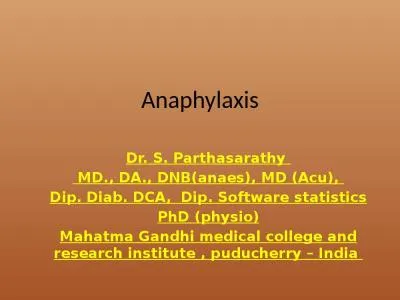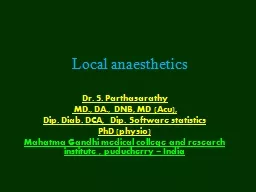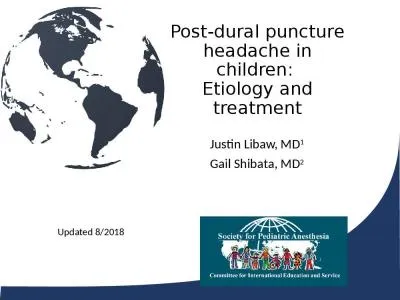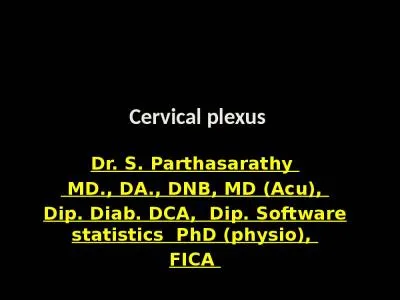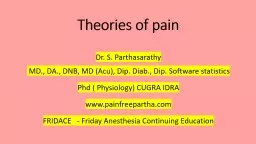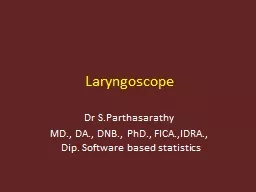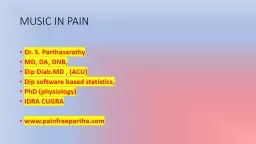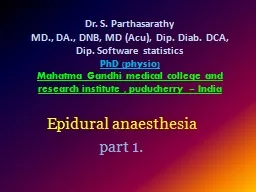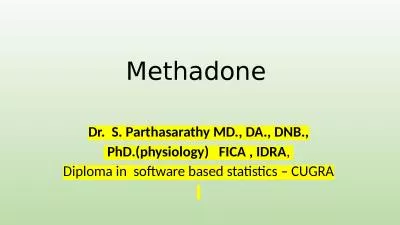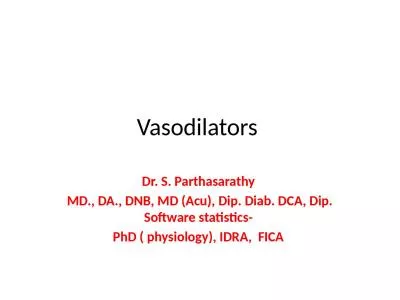PPT-PDPH Dr. S. Parthasarathy
Author : alyssa | Published Date : 2024-02-16
MD DA DNB MD Acu Dip Diab DCA Dip Software statistics PhD physio FICA In August 1898 Karl August Bier a German surgeon injected cocaine 10 15 mg into the
Presentation Embed Code
Download Presentation
Download Presentation The PPT/PDF document "PDPH Dr. S. Parthasarathy" is the property of its rightful owner. Permission is granted to download and print the materials on this website for personal, non-commercial use only, and to display it on your personal computer provided you do not modify the materials and that you retain all copyright notices contained in the materials. By downloading content from our website, you accept the terms of this agreement.
PDPH Dr. S. Parthasarathy: Transcript
Download Rules Of Document
"PDPH Dr. S. Parthasarathy"The content belongs to its owner. You may download and print it for personal use, without modification, and keep all copyright notices. By downloading, you agree to these terms.
Related Documents

